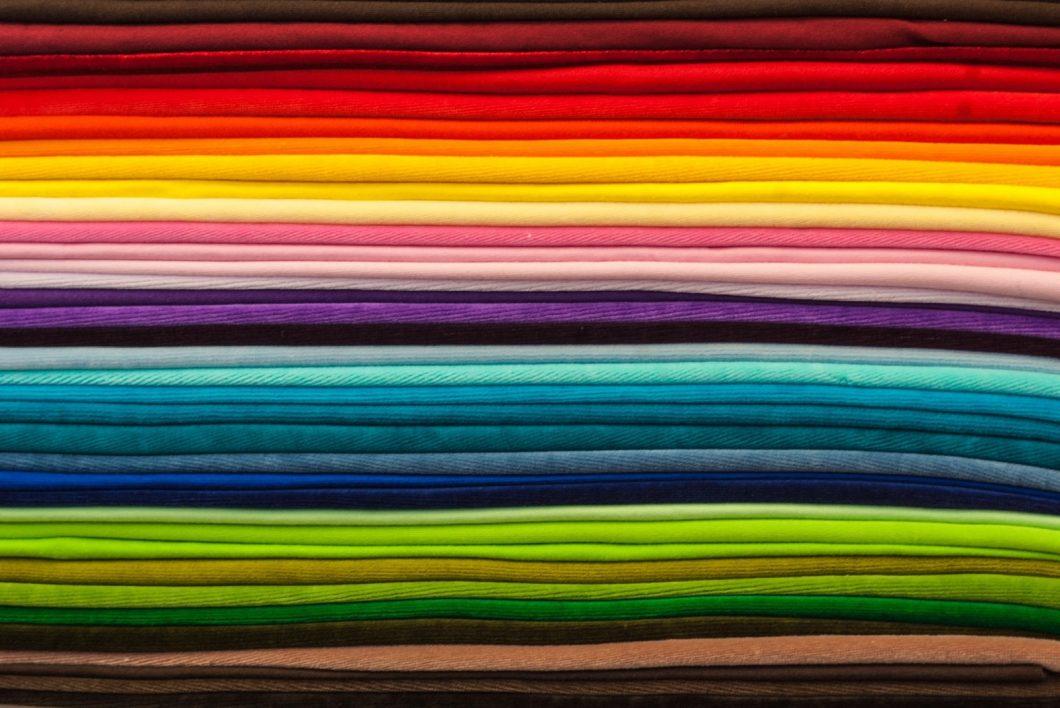Every second, a garbage truck full of clothing ends up in the landfill. Do you know what the impact is of the clothing you wear every single day?
The Impact of Fast Fashion
Producing a single cotton T-shirt consumes 2,700 liters of water. That’s equivalent to that amount of water that could sustain one person for 900 days. And for a single pair of jeans, it can take up to 7,600 liters of water. It doesn’t end there. The textile industry has immense negative impacts, and it is important to be aware of these impacts in our every day choices[3].
Among synthetic fibers, the most common is Polyester, petroleum-derived plastic. These synthetic fibers can take many years to degrade naturally, the “average polyester item surviving for at least 200 years”. Once these textiles end up in landfills or our waterways, they continuously negatively impact the environment. Clothing tends to release harmful chemicals and dyes, particularly when they end up in our waterways. 20% of global industrial water pollution is the result of material dyeing and textile treatment. Furthermore, 35% of micro-plastics in the ocean are from textile waste[4].
Many people believe that the majority of clothing is donated or reused. However, of the clothing that is actually purchased and worn by consumers, 87% ends up in the landfill or is incinerated. Considering the material used to make clothing, less than 1% is actually reused to create new items. Over time, countries have restricted the import of used clothing. For example, China has already enforced this ban, and many East African countries will soon follow suit.
What can you do to help?
- Make Eco-Conscious decisions
- Purchase better quality clothing
- Buy second-hand clothing
- Invest in sustainable fashion brands
- Do your research and understand the source of the fabric waste problem
- Look at the fabrics that your clothing is made of
While it may be daunting to think that all of the clothing in your closet has so many negative impacts, I hope this article helps in ensuring that you aware of this immense problem of fabric waste.
Sources:
[3] https://www.triplepundit.com/story/2013/it-takes-2700-liters-water-make-t-shirt/54321 [4] https://www.commonobjective.co/article/fibre-briefing-polyester [5] https://www.bbc.com/future/article/20200710-why-clothes-are-so-hard-to-recycle

